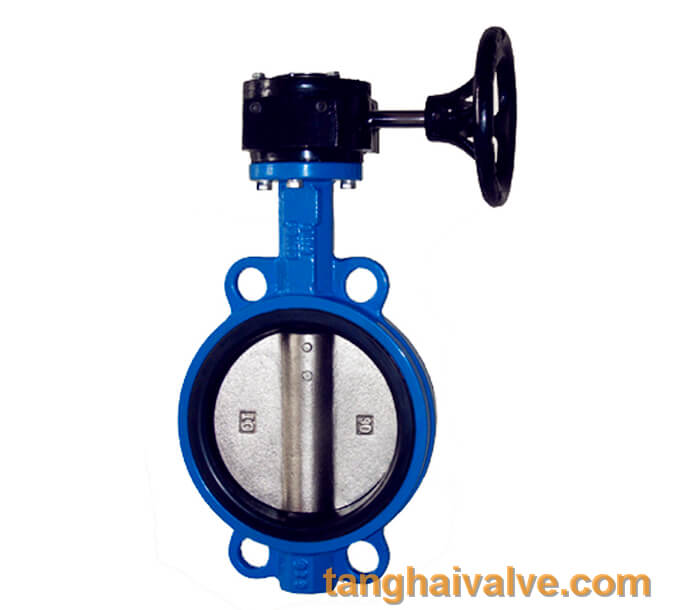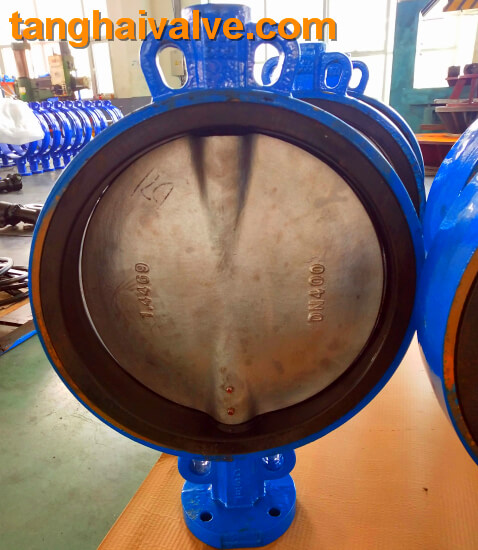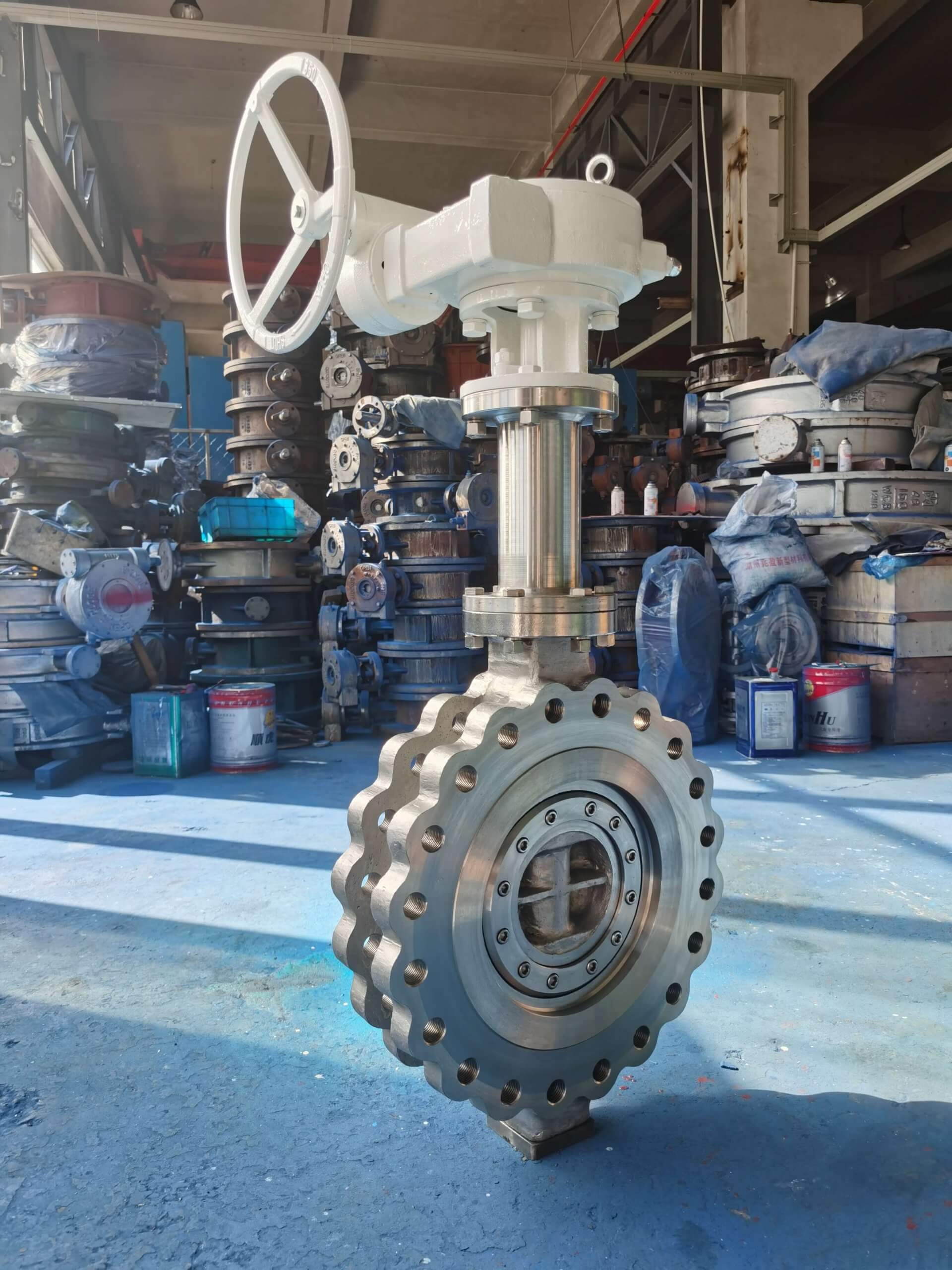Resilient seated vs metal seated wafer butterfly valve
The soft-seal wafer butterfly valve contains two characteristics, one is that the sealing form is a soft seal, and the other is the connection method is a wafer. Wafer butterfly valves are divided into soft sealing butterfly valves and hard sealing butterfly valves. Soft seal means that one side of the butterfly valve sealing pair is made of metal

JIS 10K-wafer butterfly valve-backup seat (4)
material, and the other side is made of elastic non-metal material. The advantage of the soft sealing wafer butterfly valve is that it is made of non-metallic materials with certain strength, hardness and temperature resistance. It has good sealing performance, but its service life and temperature adaptability are relatively poor. In contrast, the hard seal wafer butterfly valve is made of metal, which can meet the process requirements of some corrosive materials. The hard seal has a long service life, but the sealing performance is relatively worse than that of the soft seal. The main differences between the soft-seal wafer butterfly valve and the hard-seal wafer butterfly valve are as follows:
1. The difference in structure: soft-sealed butterfly valves are mostly centerline. Hard seal butterfly valves are mostly single eccentric, double eccentric and triple eccentric butterfly valves.
2. Temperature resistance: soft-sealed butterfly valves are mostly used in normal temperature environments. Hard seal butterfly valve can be used in low temperature, normal temperature, high temperature and other environments.
3. Pressure: The soft seal wafer butterfly valve is only used for low pressure to normal pressure, and the hard seal can also be used for working conditions such as medium and high pressure, which is more resistant to high pressure.
4. Sealing performance: The soft sealing and triple eccentric hard sealing butterfly valves have better sealing

Double eccentric-wafer butterfly valve-D372F-150lbP-stainless steel (1)
performance. The triple eccentric butterfly valve can maintain good sealing under high pressure and high temperature environment.
In addition to the difference in product characteristics between the soft-seal wafer butterfly valve and the hard-seal wafer butterfly valve, their performance is also different, and they are used in different working conditions to adjust. The soft sealing wafer butterfly valve is suitable for the two-way opening and closing and adjustment of ventilation and dust removal pipelines, water treatment, light industry, petroleum, chemical and other industries. Hard-seal wafer butterfly valves are mostly used in heating, gas supply, and gas, oil, acid and alkali environments.
With the widespread use of the soft-seal wafer butterfly valve, its features of convenient installation, convenient maintenance, and simple structure become more and more obvious. Products have also been continuously upgraded. For example, the electric soft-seal wafer butterfly valve, pneumatic soft-seal wafer butterfly valve, etc., which have been continuously developed in recent years, are used in more and more occasions, and gradually began to replace the more expensive electric power with some limited functions. Gate valves, globe valves, etc.
TH Valve is a professional manufacturer of butterfly valve, gate valve, check valve, globe valve, knife gate valve, ball valve with API, JIS, DIN standard, used in Oil, Gas, Marine industry, Water supply and drainage, fire fighting, shipbuilding, water treatment and other systems, with Nominal Diameter of DN50 to DN1200, NBR/EPDM/VITON, Certificates & Approvals: DNV-GL, Lloyds, DNV, BV, API, ABS, CCS. Standards: EN 593, API609, API6D
Video of center-lined butterfly valve:
Video of double eccentric butterfly valve:
Related news/knowledge:
Characteristics of soft seal /resilient seated gate valves
Installation instructions for ball valves
Difference between soft seal butterfly valve and hard seal butterfly valve
What is a wafer type butterfly valve









 © Copyright 2020 Tianjin Tanghaidongyang Valve Co., Ltd. All Rights Reserved.
© Copyright 2020 Tianjin Tanghaidongyang Valve Co., Ltd. All Rights Reserved.